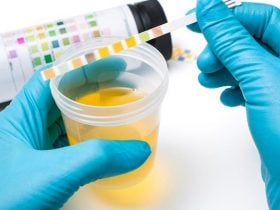Antimalarial Remedies (Such as Chloroquine)

They help to prevent [5] the development of lupus symptoms in some cases. The use of chloroquine (or hydroxychloroquine) is indicated for both milder and more severe forms and should be maintained even if the disease is under control (remission), as it helps in maintaining SLE control.
Corticosteroid Drugs (Such as Prednisone or Betamethasone)
It helps to reduce inflammation of the affected organs. It can be taken in low doses of (prednisone – 5 to 20 mg / day). In the presence of more severe SLE manifestations, the doses of corticosteroids can be much higher [6] (prednisone – 60 to 80 mg / day).
Generally, when there is involvement of the kidneys, nervous system, lungs or vasculitis, it is necessary to use immunosuppressants in varying doses according to the severity of the involvement. An important aspect in the use of these drugs is the necessary attention to the increased risk [7] of infections, since they decrease the individual’s ability to defend against infections, including tuberculosis. In patients with severe Systemic lupus erythematosus, with rapid evolution, high doses of glucocorticoid can be used intravenously
It is necessary to emphasize the importance of using photo protectors that must be applied daily in all areas exposed to light. The product must be reapplied, throughout the day, to ensure its protective effect. In some cases, creams with corticosteroids or tacrolimus applied to skin lesions may be used.








